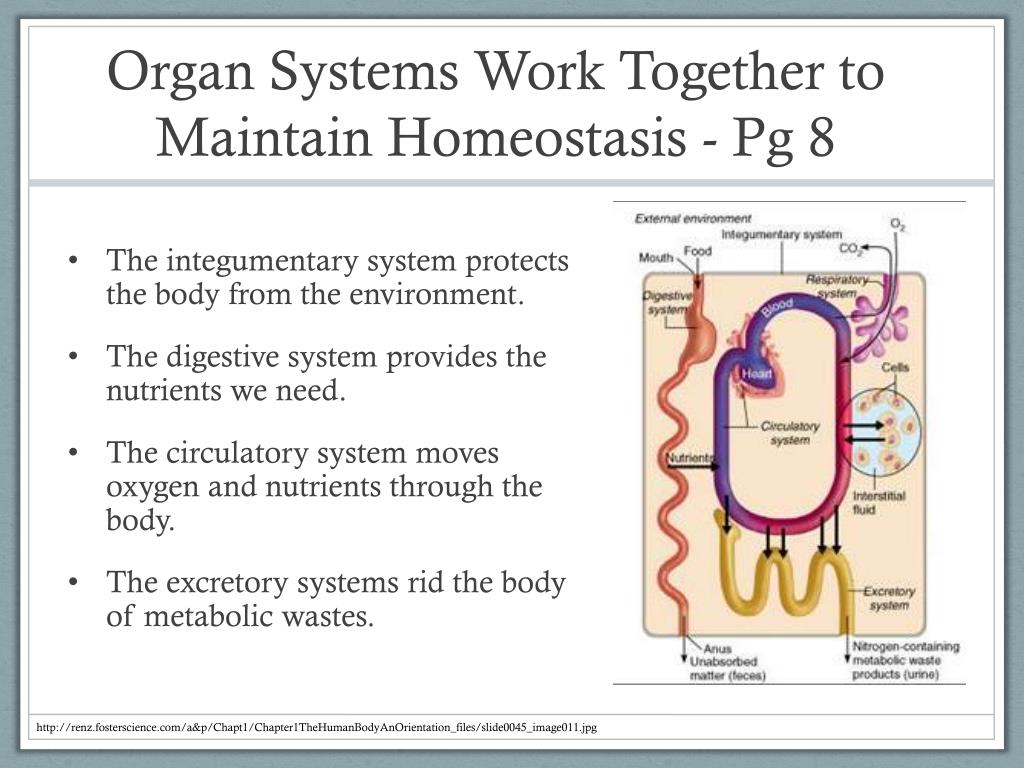How Does The Skeletal System Help Maintain Homeostasis

The skeletal system, often envisioned simply as a framework for our bodies, plays a far more dynamic role than mere support. Emerging research and established physiological understanding are increasingly highlighting its crucial involvement in maintaining homeostasis, the body's ability to regulate its internal environment and keep conditions stable.
This article explores the multifaceted ways in which the skeletal system contributes to this essential function, detailing its involvement in mineral balance, blood cell production, pH regulation, and even endocrine signaling.
The Skeletal System: More Than Just Bones
For years, the primary perceived functions of the skeletal system have centered around structural support, movement facilitation, and protection of vital organs. However, the scientific community is recognizing it as an active participant in the body's intricate network of homeostatic mechanisms.
This recognition is based on a growing body of evidence showcasing the bone's involvement in processes that extend far beyond simple biomechanics.
Mineral Reservoir and Calcium Homeostasis
One of the most well-established roles of the skeletal system in homeostasis is its function as a vast mineral reservoir, primarily for calcium and phosphorus. These minerals are essential for various physiological processes, including nerve function, muscle contraction, blood clotting, and enzyme activity.
Calcium, in particular, is tightly regulated in the bloodstream. When blood calcium levels drop, the parathyroid glands release parathyroid hormone (PTH).
PTH stimulates osteoclasts, specialized bone cells, to break down bone tissue and release calcium into the bloodstream, thus raising calcium levels back to normal.
Conversely, when blood calcium levels rise, the thyroid gland releases calcitonin. Calcitonin inhibits osteoclast activity and promotes calcium deposition in bone, effectively lowering blood calcium levels. This delicate balance is crucial for preventing both hypocalcemia (low calcium) and hypercalcemia (high calcium), both of which can have severe health consequences.
Hematopoiesis and Blood Cell Production
Another critical homeostatic function of the skeletal system is hematopoiesis, the production of blood cells. This process occurs in the bone marrow, the soft tissue found within the cavities of certain bones.
Red bone marrow, primarily found in flat bones like the skull, ribs, and vertebrae, is responsible for producing red blood cells, white blood cells, and platelets. These blood cells are vital for oxygen transport, immune defense, and blood clotting, respectively.
The constant production of these cells in response to the body's needs helps maintain a stable blood cell count, a key component of overall homeostasis. Factors such as infection, injury, or blood loss can trigger increased hematopoiesis to restore normal blood cell levels.
pH Regulation
The skeletal system also contributes to maintaining the body's acid-base balance, or pH, through the release of alkaline salts from bone tissue. Bone contains carbonates and phosphates, which can neutralize excess acid in the bloodstream.
While not the primary mechanism for pH regulation (the lungs and kidneys play a more significant role), the skeletal system can act as a buffer in situations where other systems are overwhelmed. This buffering capacity is particularly important in chronic conditions that lead to metabolic acidosis.
Endocrine Function and Osteocalcin
Emerging research has revealed that bone acts as an endocrine organ, secreting hormones that influence various metabolic processes. The most well-studied of these hormones is osteocalcin, produced by osteoblasts, the bone-building cells.
Osteocalcin has been shown to play a role in regulating glucose metabolism, insulin sensitivity, and energy expenditure. Studies suggest that it can stimulate insulin secretion from the pancreas, improve glucose uptake by cells, and promote energy burning.
Furthermore, osteocalcin may also influence male fertility and cognitive function. The full extent of its endocrine roles is still being investigated, but it is clear that bone is more than just a structural tissue.
Implications and Future Directions
The growing understanding of the skeletal system's homeostatic roles has significant implications for our approach to bone health and overall well-being. Conditions that affect bone density and structure, such as osteoporosis, may have far-reaching effects on other physiological systems.
Maintaining bone health through adequate calcium and vitamin D intake, regular weight-bearing exercise, and appropriate medical management is crucial not only for preventing fractures but also for supporting the body's ability to maintain homeostasis.
Future research will likely focus on further elucidating the complex interplay between the skeletal system and other organ systems, particularly in the context of metabolic disorders, aging, and chronic diseases. Understanding these connections will pave the way for novel therapeutic strategies that target bone to improve overall health and prevent disease.

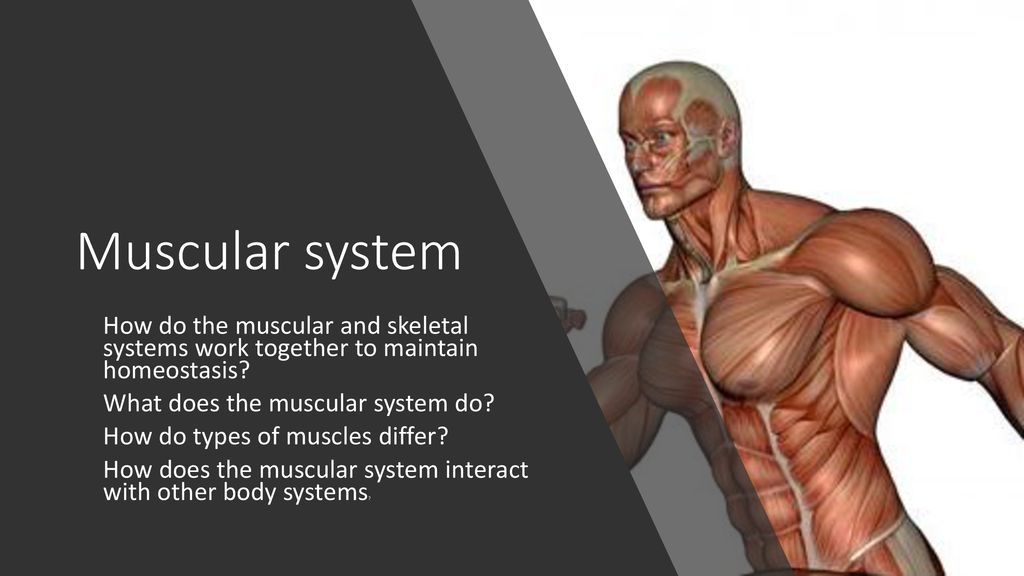
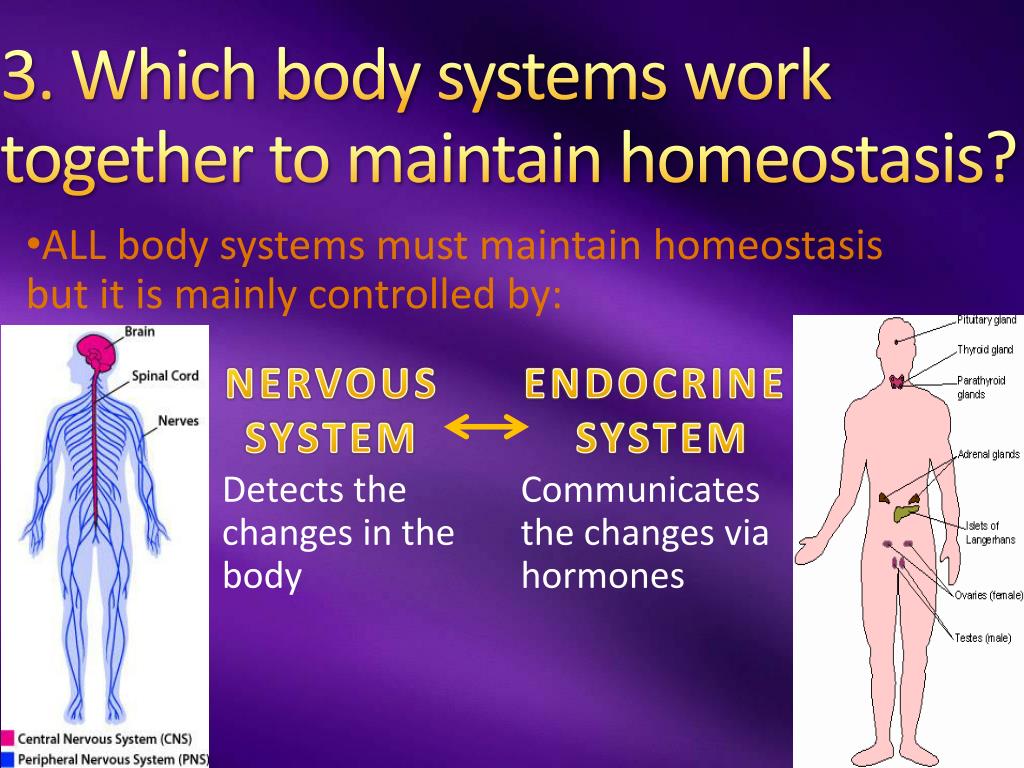
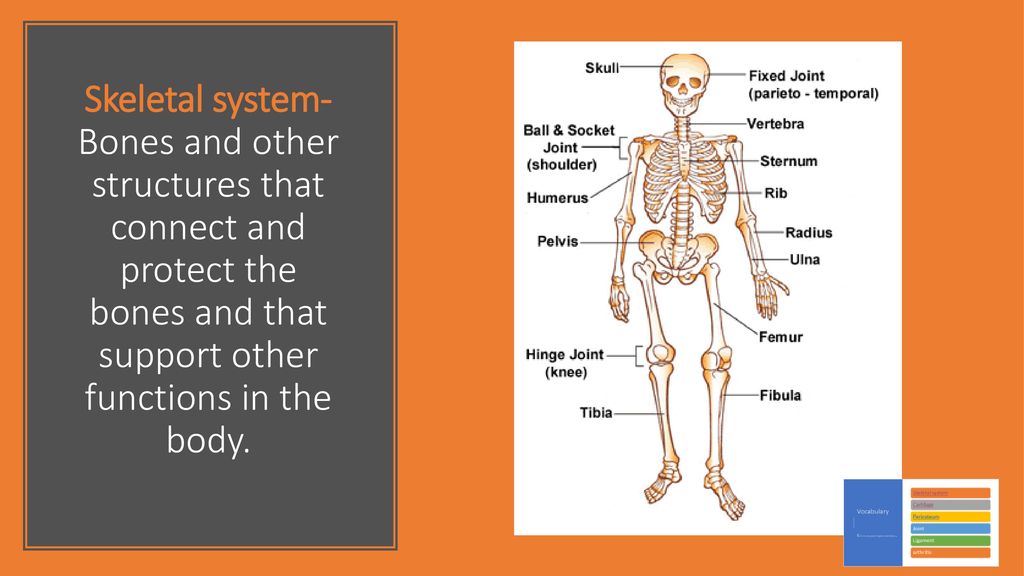








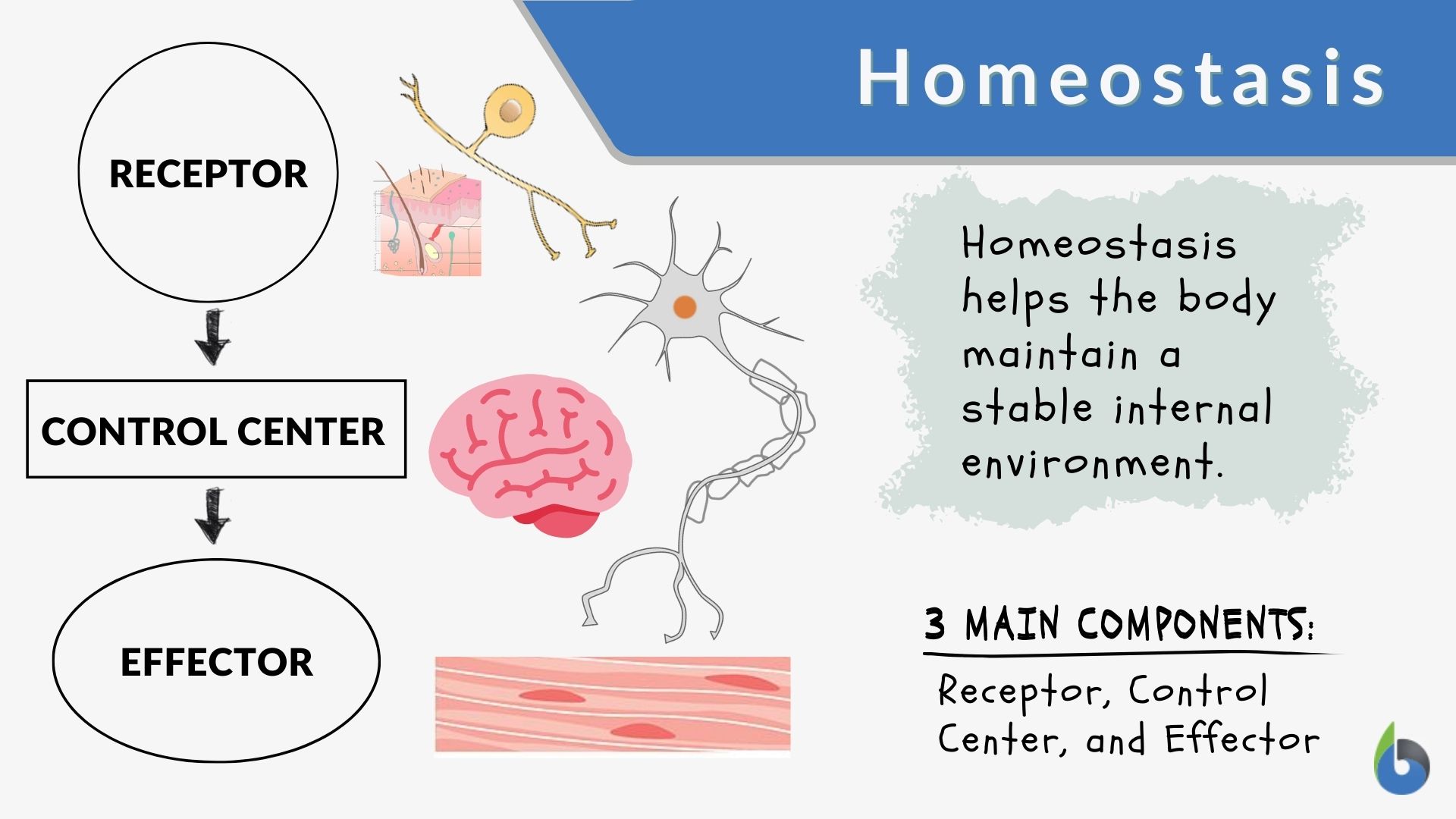

+to+survive..jpg)


